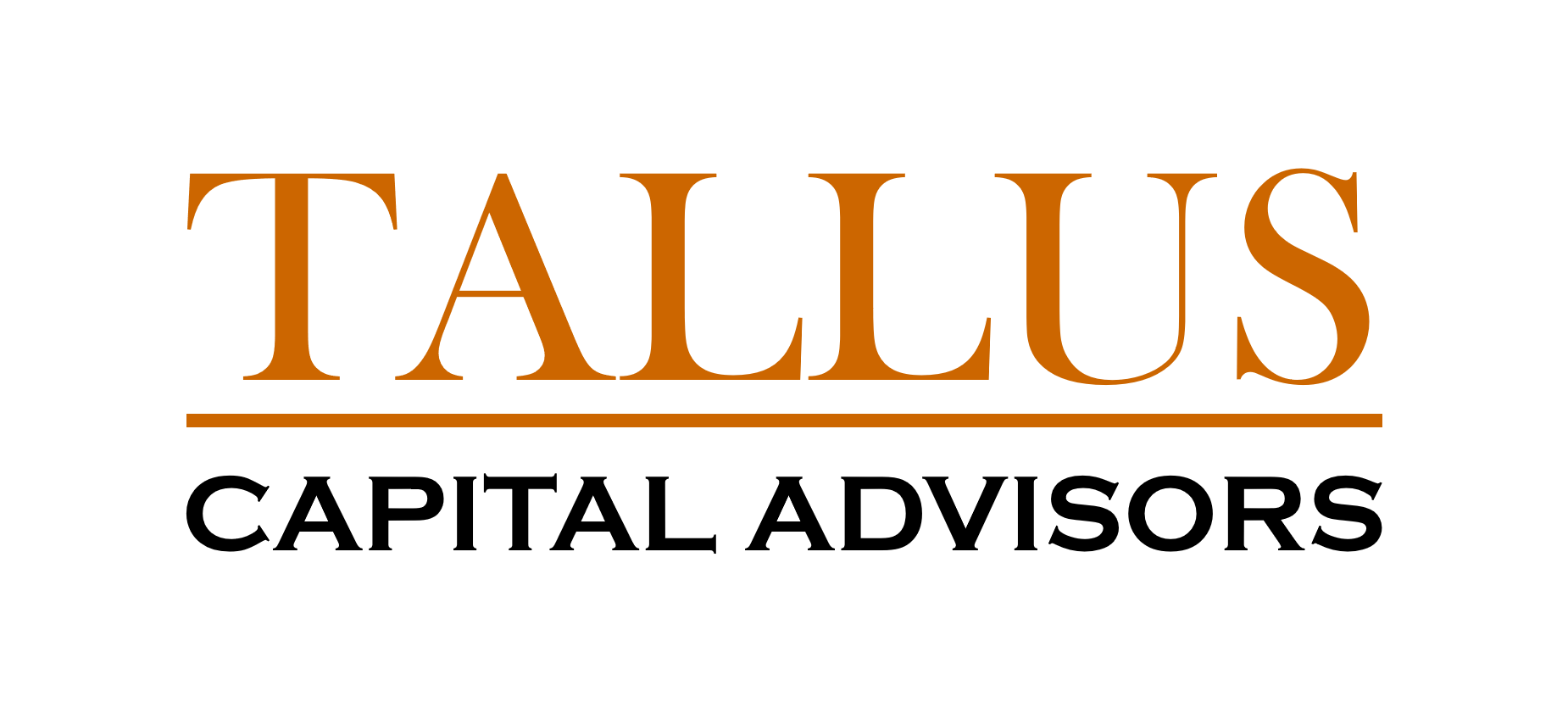Decoding Retirement: 20 Acronyms Every Retiree Should Know
Retirement planning comes with a language of its own—full of acronyms that can feel like alphabet soup. But these abbreviations aren’t just financial jargon; they represent important tools, strategies, and rules that can have a real impact on your retirement success.
Here are 20 key retirement-related acronyms to help you decode the language of your financial future:
RMD – Required Minimum Distribution
The amount the IRS requires you to withdraw annually from traditional retirement accounts starting at age 73 (or 75 if born in 1960 or later).
Why it matters: Missing your RMD can lead to steep penalties—planning ahead helps you stay compliant and tax-efficient.
IRA – Individual Retirement Account
A retirement account with tax advantages. Traditional IRAs offer tax-deferred growth; Roth IRAs grow tax-free.
Why it matters: Choosing the right type of IRA impacts your tax bill now and in retirement.
HSA – Health Savings Account
A tax-advantaged account for healthcare expenses, available with high-deductible health plans.
Why it matters: Funds grow tax-free and can be used in retirement for medical expenses—or as a backup retirement account.
QCD – Qualified Charitable Distribution
A tax-free donation made directly from your IRA to a qualified charity if you're age 70½ or older.
Why it matters: QCDs can count toward your RMD and reduce your taxable income.
SSA – Social Security Administration
The federal agency responsible for Social Security benefits.
Why it matters: They determine your monthly benefit amount and when you’re eligible to claim it.
COLA – Cost of Living Adjustment
An annual increase in Social Security benefits to account for inflation.
Why it matters: Helps preserve your purchasing power as prices rise.
PIA – Primary Insurance Amount
Your full monthly Social Security benefit at full retirement age.
Why it matters: Acts as the baseline from which early or delayed benefits are calculated.
ROTH – Roth Accounts (IRA or 401(k))
Retirement accounts funded with after-tax dollars; withdrawals are tax-free in retirement.
Why it matters: Roth accounts provide long-term tax advantages and aren't subject to RMDs during your lifetime.
401(k) – Employer-Sponsored Retirement Plan
A tax-advantaged retirement account offered by employers, often with a matching contribution.
Why it matters: Maximizing contributions can accelerate long-term savings.
ETF – Exchange-Traded Fund
A low-cost, diversified investment fund that trades like a stock.
Why it matters: Widely used in retirement portfolios for cost-efficient diversification.
SEP – Simplified Employee Pension
A retirement plan for self-employed individuals and small business owners.
Why it matters: Offers high contribution limits and tax-deferred growth.
SIMPLE IRA – Savings Incentive Match Plan for Employees
A retirement plan for small businesses with fewer than 100 employees.
Why it matters: Easy to set up and administer, while still providing meaningful savings options.
TSP – Thrift Savings Plan
The federal government’s retirement savings plan for military and federal employees.
Why it matters: A core savings vehicle for federal workers, with low fees and solid investment options.
LTC – Long-Term Care
Services that assist with daily living activities, such as bathing and dressing, often not covered by Medicare.
Why it matters: Planning for long-term care can prevent major financial strain in later life.
AGI – Adjusted Gross Income
Your total income minus certain deductions.
Why it matters: AGI determines your tax bracket and eligibility for many retirement tax strategies.
MAGI – Modified Adjusted Gross Income
A version of AGI used to determine eligibility for certain tax benefits, like Roth IRA contributions.
Why it matters: Impacts Medicare premiums, Roth eligibility, and more.
IRMAA – Income-Related Monthly Adjustment Amount
An additional Medicare premium charged to high-income retirees.
Why it matters: Strategic withdrawals and income planning can help avoid unnecessary surcharges.
QLAC – Qualified Longevity Annuity Contract
A deferred income annuity purchased inside a retirement account that delays RMDs on a portion of funds until age 85.
Why it matters: Helps manage longevity risk and defer taxes.
MF – Mutual Fund
A pooled investment vehicle, often used in retirement accounts.
Why it matters: Offers diversification, but typically with higher costs than ETFs.
DAF – Donor-Advised Fund
A charitable account that allows you to contribute now (and receive a tax deduction) while recommending grants over time.
Why it matters: A smart way to bundle charitable giving in high-income years or after RMDs.
Final Thoughts
Understanding these acronyms is more than just financial fluency—it’s about making confident, informed decisions for your future.
Have questions about how these terms apply to your retirement plan? Let’s connect.


